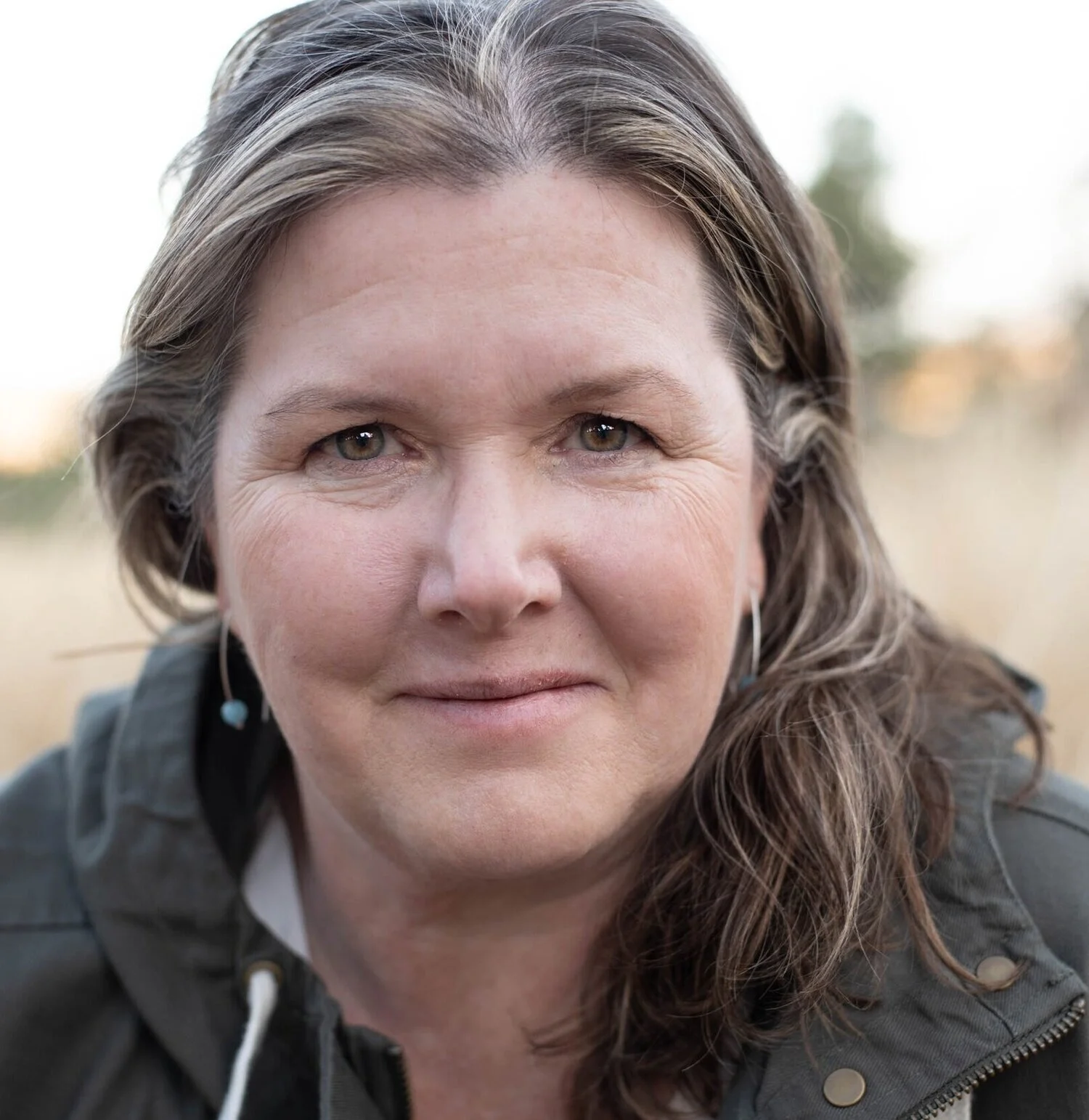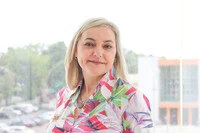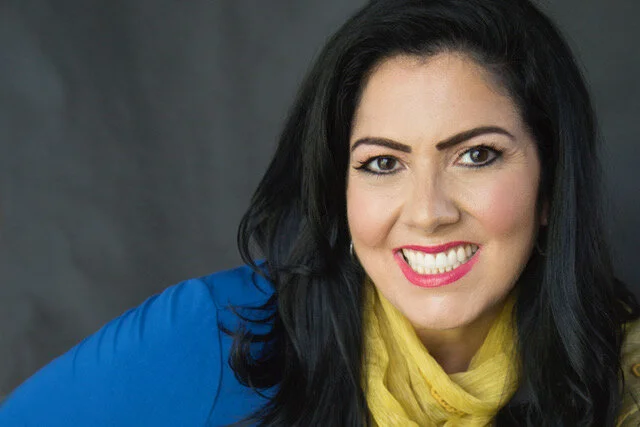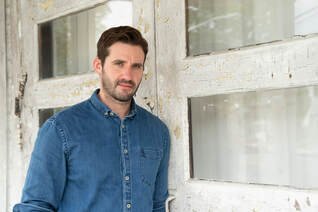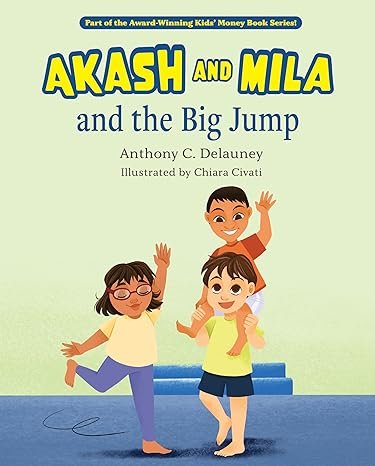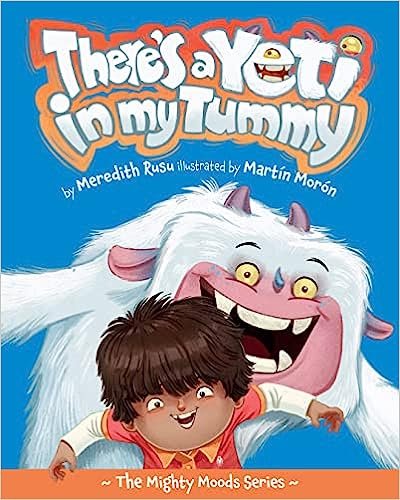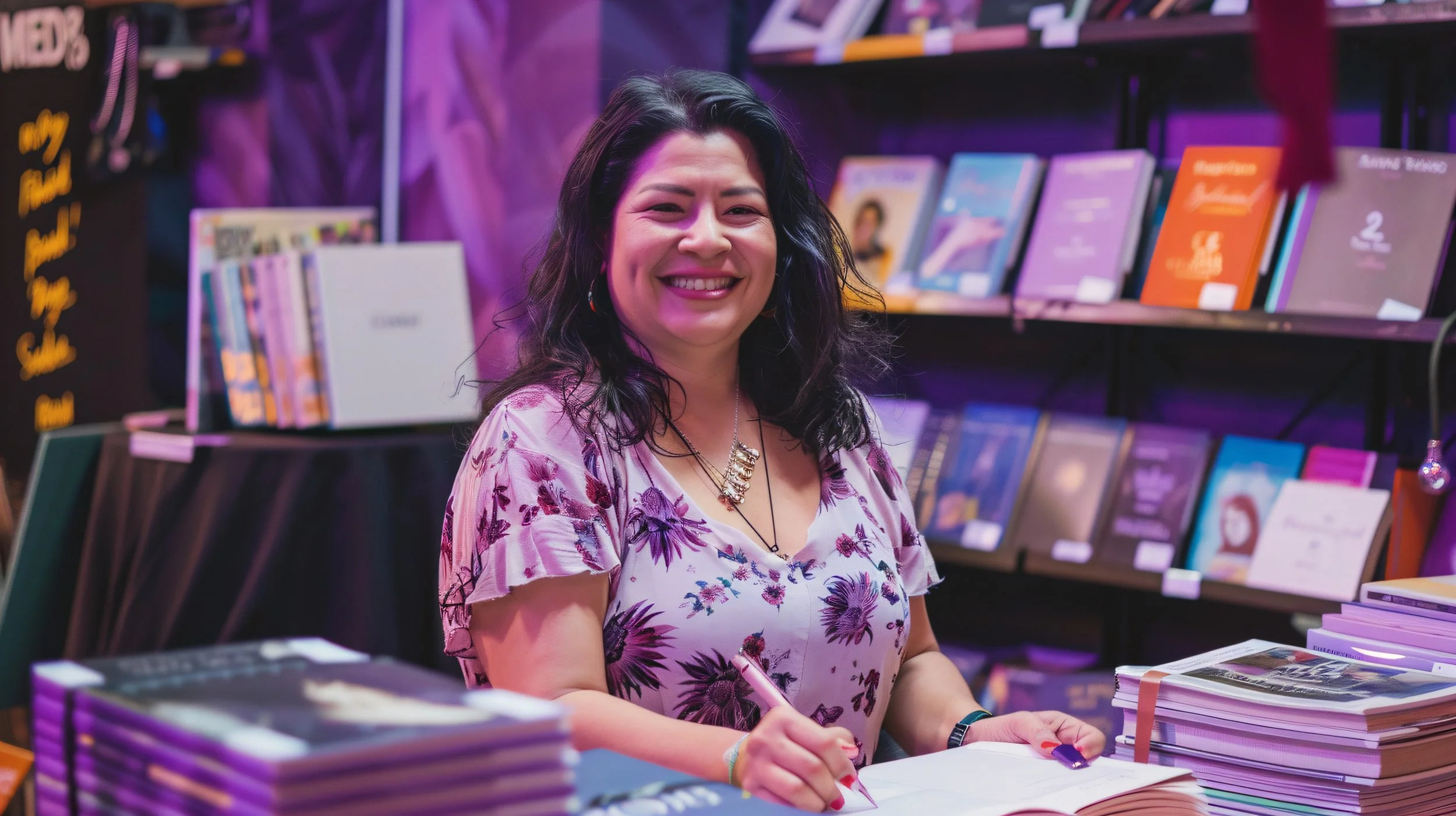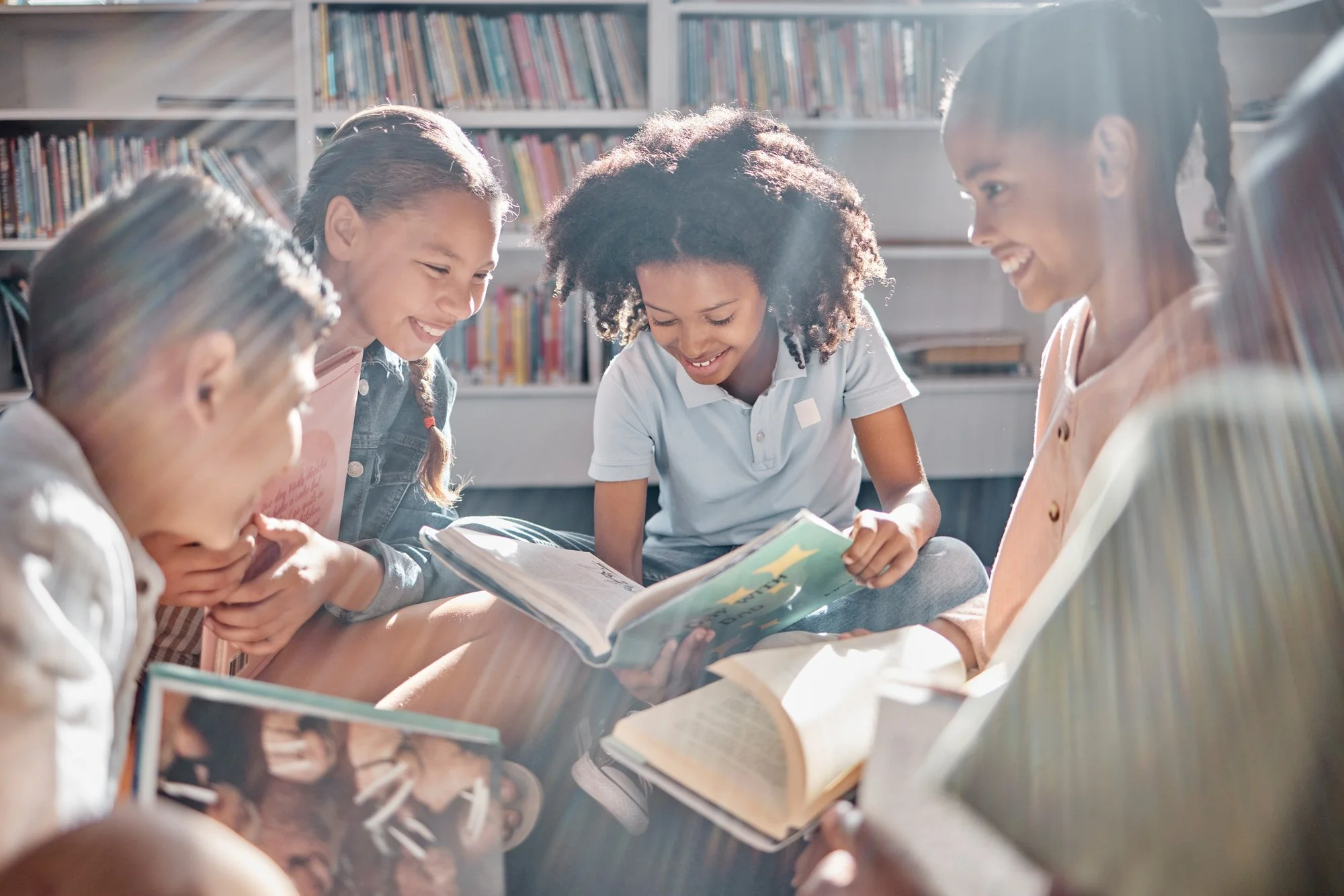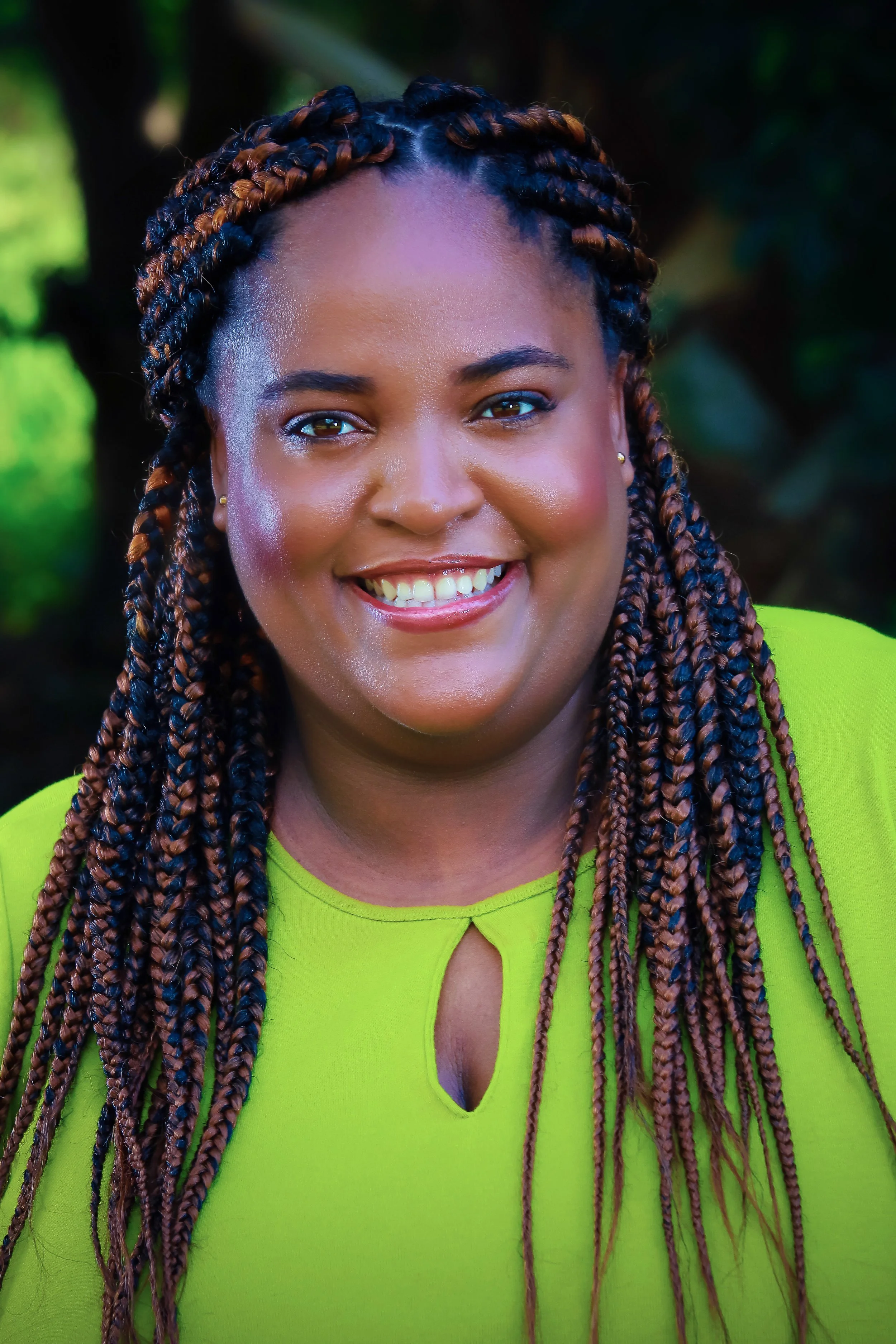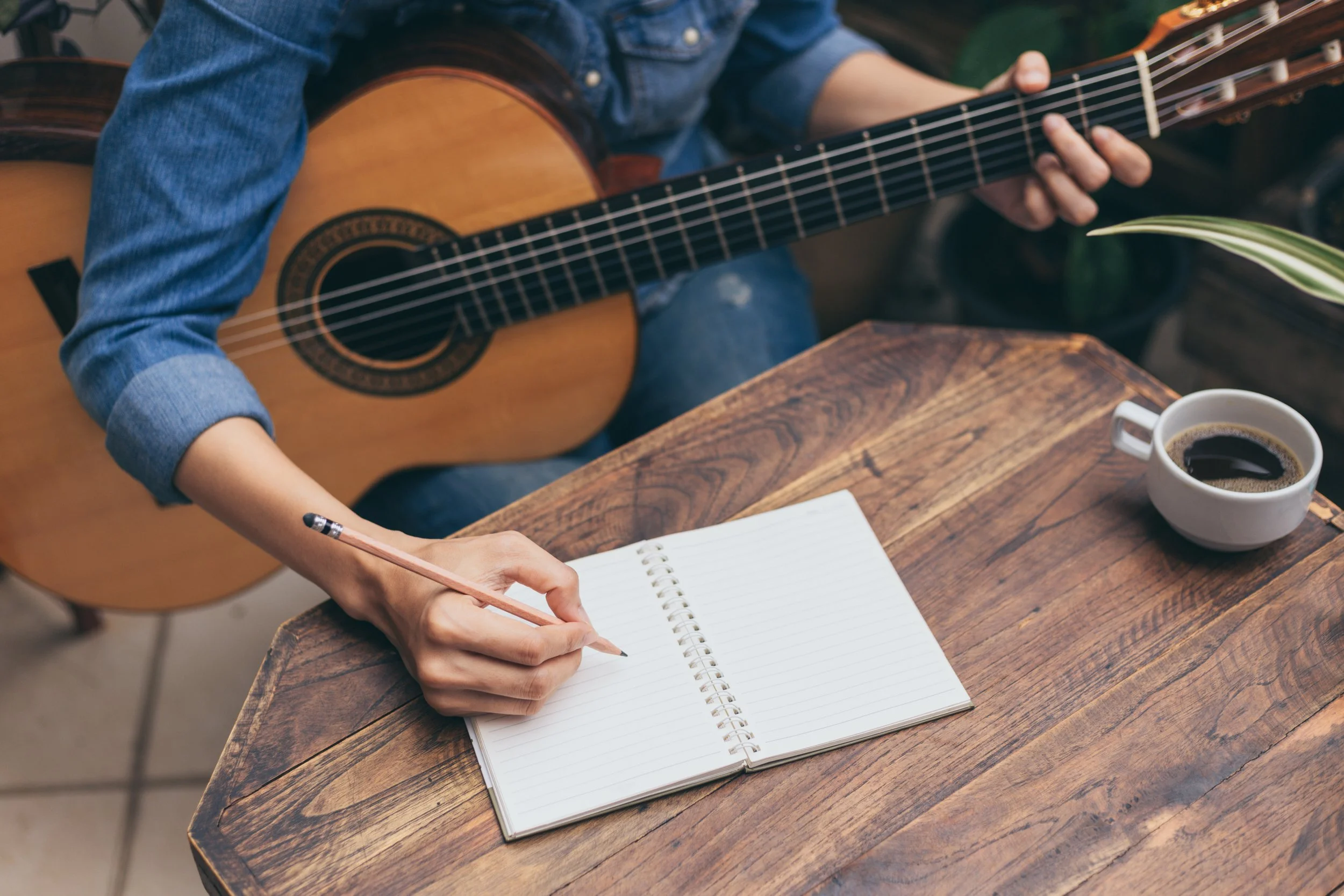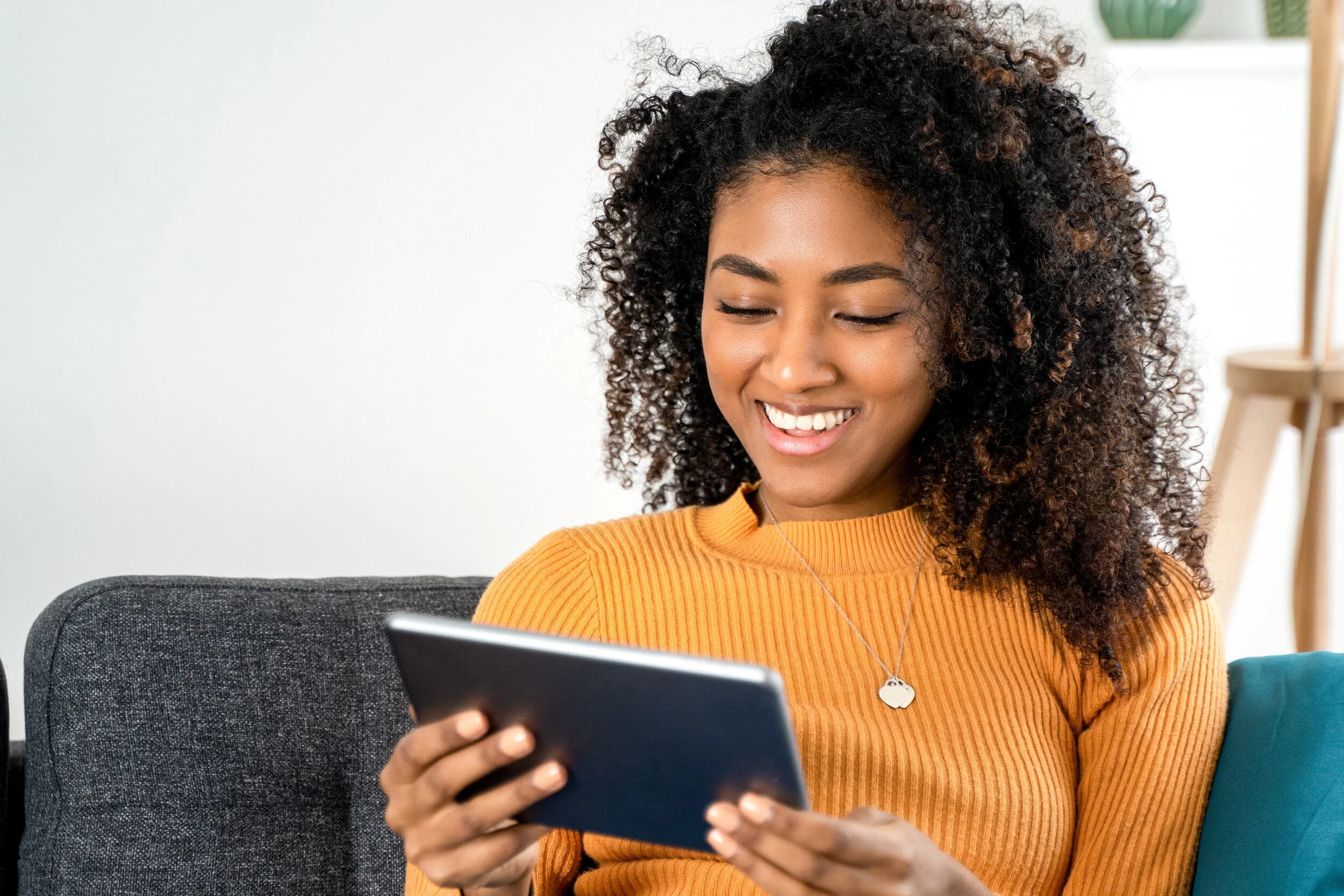Where did you grow up /live now? What is your education/career background?
Both my parents were raised in large, tight-knit Italian-American families in New York. After they got married, when the United States entered the Vietnam War, and the Draft began, my father signed up to serve with the U.S. Navy as a doctor. So right before I was born, my mom and dad were given orders to report to the U.S. Naval Base in Orlando, Florida. And on December 1, 1969, my dad said that I arrived at the U.S. Naval Hospital singing like a joyful and loud nun in the Sunday choir.
We stayed in Orlando for the two years that my father completed his military service, then my mom, older sister Mary, and I returned to Yonkers, New York, where my dad could finish his residency at Bellevue Hospital in cardiology. Upon completion, one of my dad’s mentors in the Navy invited him to join a cardiology practice in Orlando—we all returned, this time with the addition of my little sister Aimee as well. So, from 3 years old until I went to Boston College at 18, that is where I grew up.
Because I applied to the American Field Service as an exchange student, I lived in Bucaramanga, Colombia, South America, during the summer before my senior year in high school. Falling in love with Latin culture, the music—merengue, salsa, cumbia, vallenato—and learning Spanish, I chose to continue studying romance languages in college to open up communication with more people. At Boston College, I traveled to Mexico, spent my junior semester abroad in Rome, Italy, and went on two mission trips: to Guayaquil, Ecuador, and Santo Domingo, Dominican Republic.
Graduating with a B.A. in Spanish/Italian, and not knowing what else to do, I applied to law school. Because there was a recession, there was an increase in applications for professional schools. After being waitlisted, when I did not get in, I decided to return to Orlando to figure out my next step—I took a GAP year in the 90s before it was even a thing.
Not really focused on a particular career path, after working in an office as an assistant, then as a translator and interpreter for international conferences, I decided to go back to school at UCF to take the pre-requisites to get my M.A. in International Studies. When I got into the Graduate Program at the University of Miami in 1992, I moved to Brickell Key and never left—I finally felt like I was home. Even after Hurricane Andrew blew through not even two weeks after I moved all my earthly belongings into my one-bedroom condo in Brickell Key II near downtown Miami and had to evacuate, I returned with my dog Alfredo Luigi. I fell in love with this big International city, the tropical feel, the dominant Latin culture, the wonderfully diverse people, and stayed. After receiving my J.D. in 1997, I married a fellow law school classmate who was also an Italian-American. I worked for the federal government as an immigration trial attorney for nearly 20 years, raised two awesome kids, and built a wonderful life in Miami—Miami is a significant part of my story in that this place has helped me become the passionate creative that I am today.
As a child, what did you want to be when you grew up?
When I was a child, I loved to design dresses and write. I cherished my black artist workbook where I created elegant ball gowns that I imagined wearing to fabulous galas where I would dance the night away. I got lost in the colors of painting and design, mostly princess gowns with full skirts and lots of tulles. I drew models with long flowing hair and delicate crowns on top of their heads. My mother was Miss New York in the Cherry Blossom Festival in Washington when she was 16. I remember being mesmerized by her elegant gown and especially the sparkly tiara on her head. She looked beautiful, confident, and regal. I always associated those adjectives with tiaras, probably why I am obsessed with wearing them whenever I get a chance.
If I didn’t feel like drawing, I preferred to live in my imagination creating stories where I pretended I was a magical fairy granting wishes to anyone who sought my assistance. In my journals, I set out to discover the world, taking journeys to the far corners of the globe. Free to create, my active imagination opened magical doors where incredible stories were about to unfold. Other imaginary friends, the characters who kept me company, would greet me there, welcoming and joining me in celebration. Also, I even created a series called Hello, Fellow. Making up the life of a successful, attractive, and smart young lady, I set out to create beautiful stories. With each of these activities, I escaped my reality and entered a fantasy world far more appealing than what I faced as an awkward kid in school. The writing was always so empowering and inspirational in that I always believed that the world I made up could perhaps become my reality one day.
Where/When do you best like to write?
I am creative. For me, writing, drawing, and singing have always been necessary therapeutic outlets. As a kid, I would carry a journal with me wherever I went to jot down my ideas, emote on the page, organize myself, and sketch. As an adult with many roles and responsibilities, I had to get intentional to be creative. As a Julia Cameron's Artist Way student, I love to begin my day writing my morning pages, three pages longhand, stream of consciousness writing that clears your head. Knowing that it only takes 20 minutes a day to give a story life, I schedule that into my life while riding my stationary bike every morning. This exercise is an active meditation for me. It allows me the opportunity to do something healthy for my body and my mind. And, when a story or writing piece grips me, I will stay up all hours into the night, capturing its essence and bringing it to life on the computer screen or longhand on paper.
In the end, I love dancing with different languages, words, music, innovation, creation, and beauty. Writing has allowed me to be vulnerable, sharing my story with others while infusing more joy, fun, and creativity into my life. For years, living up to other people's expectations and basing my worth upon the opinion of other people left me feeling empty. Writing empowered me to decide that I was tired of suffering; I made an active choice to follow my bliss and see where that would take me with happiness as the ultimate goal. So, whenever I get a chance, I make time to write more.
What do you think makes a good story?
I love a good story. It is magical when good music, books, or fantastic movies inspire me to think outside the box, offering hope, sometimes even getting a break from the world's stress.
A good storyteller brings me into their world, introduces me to incredible characters who become so real. She shows me beauty as she takes me on a journey to discover something new, evoking a full range of emotions. From laughter to tears, I appreciate when the writer is vulnerable to where I feel the story come alive off the pages. When I get to the last page or the end of the movie, a fantastic story stays with me inviting conversations that expand my mind and fills my soul.
When did you first realize you wanted to be a writer? Or what first inspired you to write?
What inspired your story?
In April of 2011, not only did I lose my mother to breast cancer, but I also lost my way. I retreated into my closet and did not want to come out and face a world without my mother. I showed up to my responsibilities at work and home, but I fell into a depression where I did not want to live anymore. It was a terrifying feeling. My kids were 2 and 8 years old when my mother passed away. I knew that I could not abandon them, but the sadness and disillusionment enveloped me.
As an empath, someone who can absorb another individual's mental or emotional state, I am sensitive to the energies in this world. My mother grounded me when the world became too much. She was my safe place. When she died, I felt like my connection to my guide was cut off. I was left alone to navigate the confusing grieving process. Additionally, I burnt out from traveling back and forth from Miami to Orlando to help with her care while managing my own hectic family life, a full-time job as a federal immigration attorney, and raising young children.


